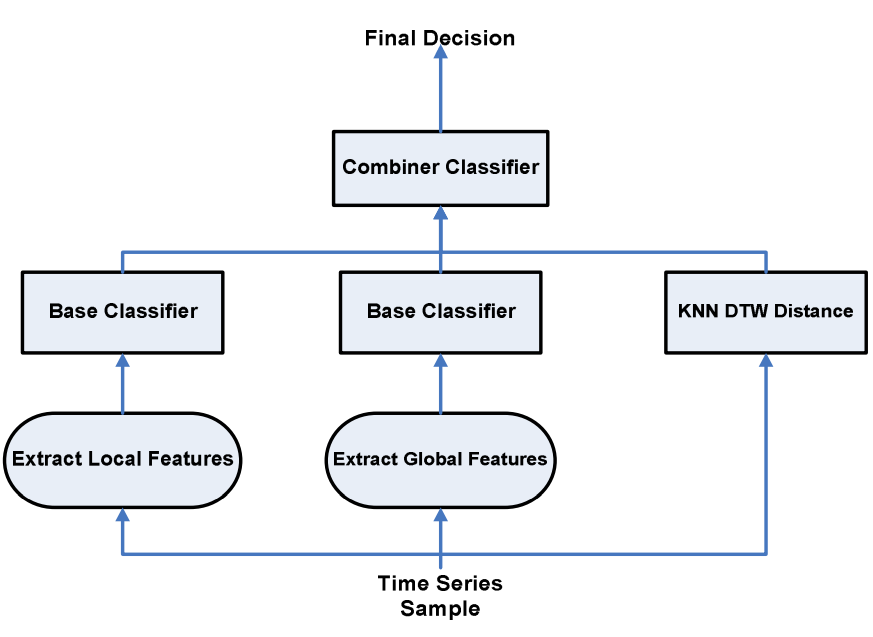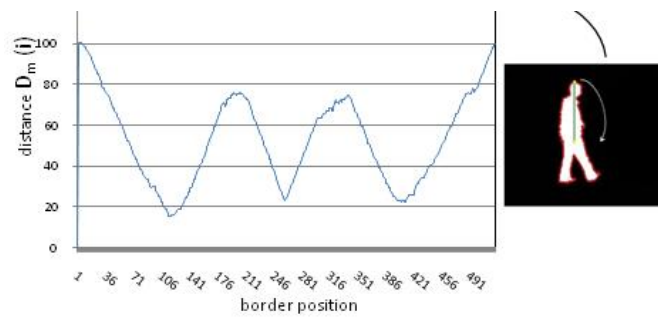Breadcrumb

A deep CNN-based framework for enhanced aerial imagery registration with applications to UAV geolocalization
In this paper we present a novel framework for geolocalizing Unmanned Aerial Vehicles (UAVs) using only their onboard camera. The framework exploits the abundance of satellite imagery, along with established computer vision and deep learning methods, to locate the UAV in a satellite imagery map. It utilizes the contextual information extracted from the scene to attain increased geolocalization accuracy and enable navigation without the use of a Global Positioning System (GPS), which is advantageous in GPS-denied environments and provides additional enhancement to existing GPS-based systems
Multi projection fusion for real-time semantic segmentation of 3D LiDAR point clouds
Semantic segmentation of 3D point cloud data is essential for enhanced high-level perception in autonomous platforms. Furthermore, given the increasing deployment of LiDAR sensors onboard of cars and drones, a special emphasis is also placed on non-computationally intensive algorithms that operate on mobile GPUs. Previous efficient state-of-the-art methods relied on 2D spherical projection of point clouds as input for 2D fully convolutional neural networks to balance the accuracy-speed trade-off. This paper introduces a novel approach for 3D point cloud semantic segmentation that exploits
Real-time scale-adaptive compressive tracking using two classification stages
In this paper, we describe a method for Scale-Adaptive visual tracking using compressive sensing. Instead of using scale-invariant-features to estimate the object size every few frames, we use the compressed features at different scale then perform a second stage of classification to detect the best-fit scale. We describe the proposed mechanism of how we implement the Bayesian Classifier used in the algorithm and how to tune the classifier to address the scaling problem and the method of selecting the positive training samples and negative training samples of different scales. The obtained

A time series classification approach for motion analysis using ensembles in Ubiquitous healthcare systems
Human motion analysis is a vital research area for healthcare systems. The increasing need for automated activity analysis inspired the design of low cost wireless sensors that can capture information under free living conditions. Body and Visual Sensor Networks can easily record human behavior within a home environment. In this paper we propose a multiple classifier system that uses time series data for human motion analysis. The proposed approach adaptively integrates feature extraction and distance based techniques for classifying impaired and normal walking gaits. Information from body

Body and visual sensor fusion for motion analysis in Ubiquitous healthcare systems
Human motion analysis provides a valuable solution for monitoring the wellbeing of the elderly, quantifying post-operative patient recovery and monitoring the progression of neurodegenerative diseases such as Parkinson's. The development of accurate motion analysis models, however, requires the integration of multi-sensing modalities and the utilization of appropriate data analysis techniques. This paper describes a robust framework for improved patient motion analysis by integrating information captured by body and visual sensor networks. Real-time target extraction is applied and a
Combined regional and spatio-temporal approach improves hepatic tumors classification in Multiphase CT
In this work, we investigate the effect of using spatio-tepmoral features on a regional basis on the liver focal lesions classification performance in the multiphase CT images. Texture, Density, and temporal feature set and their different combinations along spatial partitioned ROI were investigated to better characterizing five hepatic pathologies from multiphase contrast-enhanced CT scans. Embedded feature selection followed by decision tree ensembles classification with ten folds cross-validation were employed to classify a total of 180 ROI includes normal tissues, cyst, haemangioma
Traffisense: A smart integrated visual sensing system for traffic monitoring
Intelligent camera systems provide an effective solution for road traffic monitoring with traffic stream characteristics, such as volumes and densities, continuously computed and relayed to control stations. However, developing a functional vision-based traffic monitoring system is a complex task that entails the creation of appropriate visual sensing platforms with on-board visual analytics algorithms, integration of versatile technologies for data provision and stream management, and development of data visualization techniques suitable for end-users. This paper describes TraffiSense, a
Towards IT-Legal Framework for Cloud Computing
As the common understanding of Cloud Computing is continuously evolving, the terminology and concepts used to define it often need clarifying. Therefore, Cloud customers and Cloud Providers are used to dispute about Service Level Agreements, Service Level Objectives and Quality of Service. Simultaneously, SLAs/SLOs/QoS represent other related technical problems such as Security, Privacy, Compliancy and others. Technical problems are usually defined within technical context, where both parties ignore analyzing problem's legally related causes. In fact, these problems are stemming from the
Neural Machine Based Mobile Applications Code Translation
Although many cross platform mobile development software used a trans-compiler-based approach, it was very difficult to generalize it to work in both directions. For example, to convert between Java for Android Development and Swift for iOS development and vice versa. This is due to the need of writing a specific parser for each source language, and a specific code generator for each destination language. Neural network-based models are used successfully to translate between natural languages, including English, French, German any many others by providing enough datasets and without the need
Improved Semantic Segmentation of Low-Resolution 3D Point Clouds Using Supervised Domain Adaptation
One of the key challenges in applying deep learning to solve real-life problems is the lack of large annotated datasets. Furthermore, for a deep learning model to perform well on the test set, all samples in the training and test sets should be independent and identically distributed (i.i.d.), which means that test samples should be similar to the samples that were used to train the model. In many cases, however, the underlying training and test set distributions are different. In such cases, it is common to adapt the test samples by transforming them to their equivalent counterparts in the
Pagination
- Previous page ‹‹
- Page 30
- Next page ››
